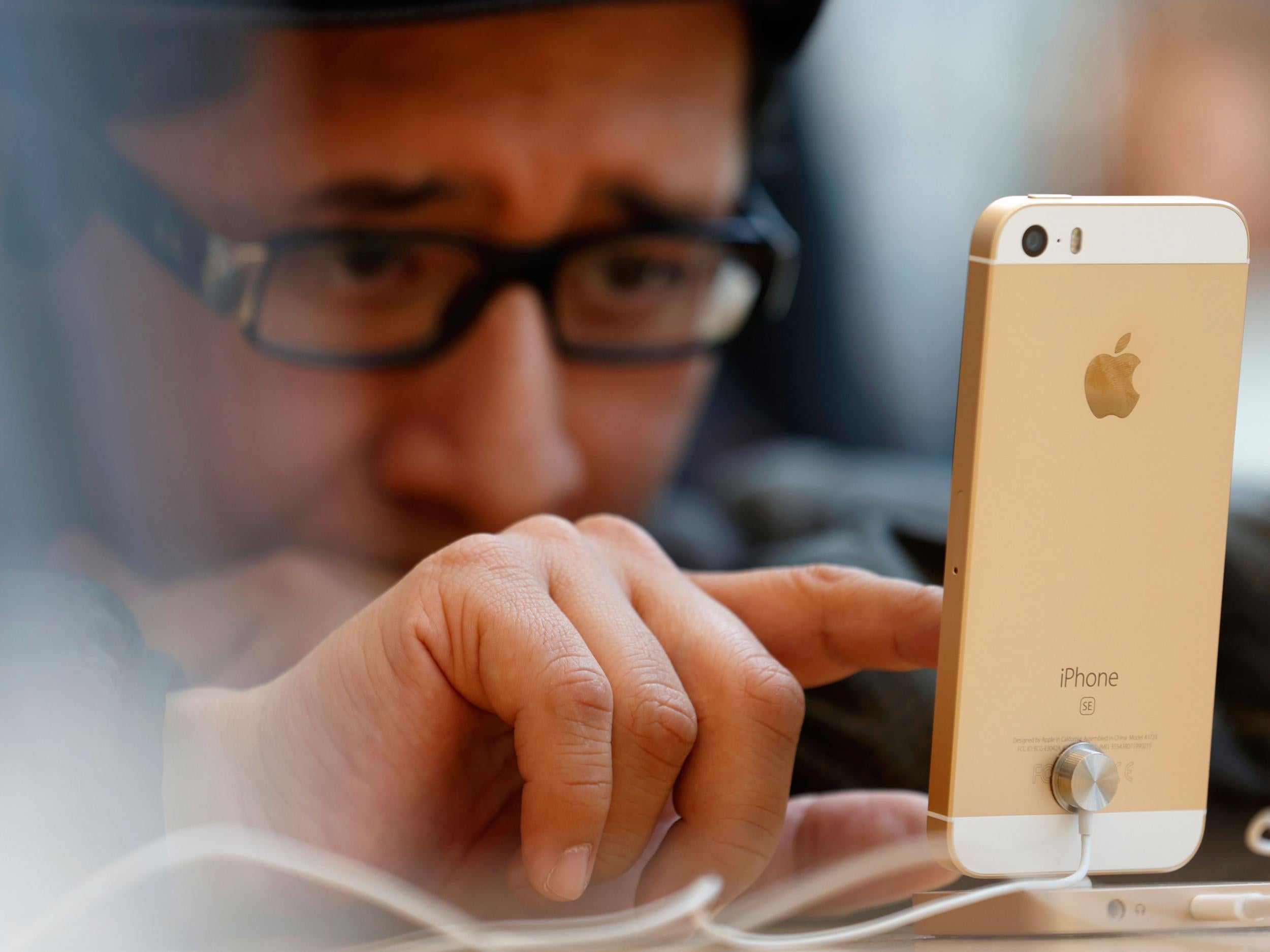Apple iPhone patent shows company is working on a way to stop autocorrect ruining people’s lives
Autocorrect problems have become such a part of internet jokes that entire websites are devoted to them - but that might be about to come to an end

Your support helps us to tell the story
From reproductive rights to climate change to Big Tech, The Independent is on the ground when the story is developing. Whether it's investigating the financials of Elon Musk's pro-Trump PAC or producing our latest documentary, 'The A Word', which shines a light on the American women fighting for reproductive rights, we know how important it is to parse out the facts from the messaging.
At such a critical moment in US history, we need reporters on the ground. Your donation allows us to keep sending journalists to speak to both sides of the story.
The Independent is trusted by Americans across the entire political spectrum. And unlike many other quality news outlets, we choose not to lock Americans out of our reporting and analysis with paywalls. We believe quality journalism should be available to everyone, paid for by those who can afford it.
Your support makes all the difference.Apple appears to be making a system to stop people getting embarrassed by their phone.
Autocorrect is a mostly useful feature that watches for when people appear to have mistyped and when they do swaps in the word it thinks that people were meaning to write. But it often goes very wrong, leading to embarrassment for people who have the wrong word swapped back in.
Now Apple is looking to fix that problem, or at least to make it easier to prove that people didn’t mean to write what they did.
A new patent describes a way that when a message is sent, iPhones would highlight any words that have been changed by the autocorrect feature. Clicking that highlight would let the user see what was originally typed, as well as any alternative words that might have been chosen.
In the patent, for instance, Apple shows an iPhone that has someone writing about a lunch meeting. “It was moved to tomorrow at 11,” the message reads. “Being lunch.”
It’s not an especially embarrassing slip, but the patent shows how the recipient of a message would be able to click on the highlighted word and see that the sender has typed “Bing”, and might well have meant to say “Bring” or “Boring”.
The way the feature would work is similar to that in iOS’s voice dictation feature. When that is used and the computer can’t know for certain that it got the transcription right, any problem words will be highlighted in blue so that they can be easily shown.
Apple files thousands of patents and many of them never make it to the phone. But the next likely time that it will arrive is in June, when Apple hosts its WWDC conference and is expected to show off iOS 10.
Join our commenting forum
Join thought-provoking conversations, follow other Independent readers and see their replies
Comments